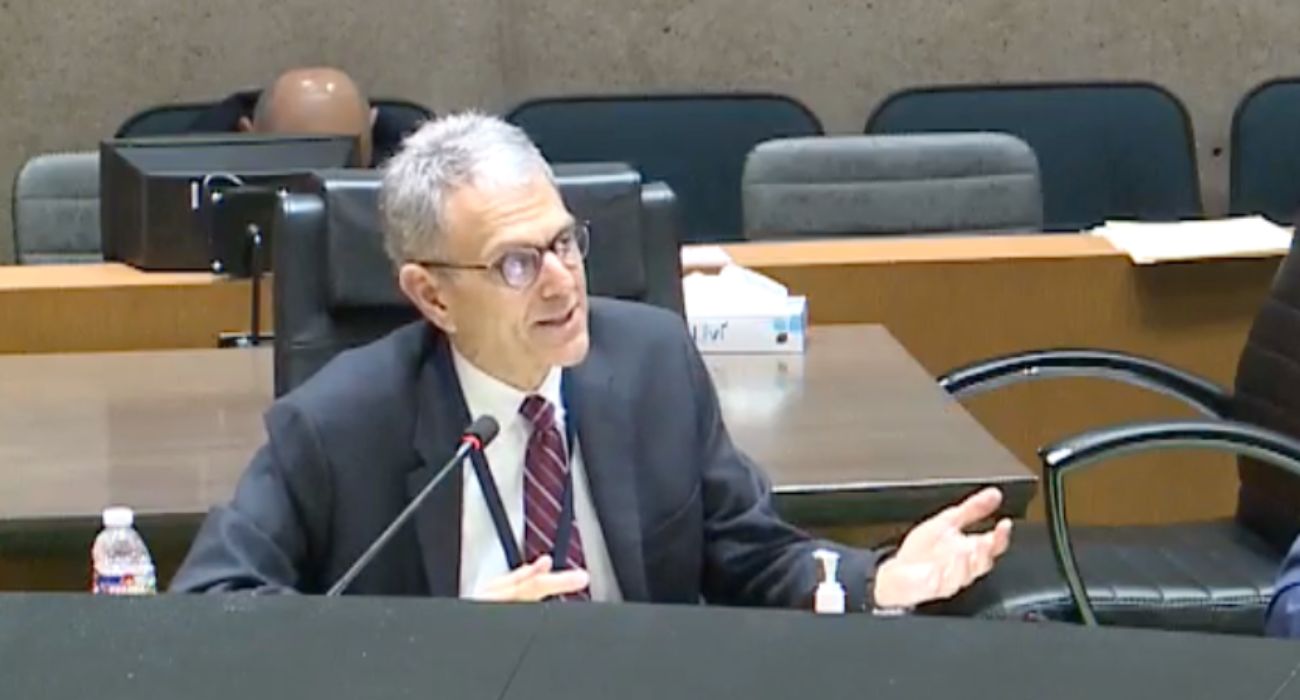U.S. inflation cooled slightly more than expected in October, an encouraging sign that the Federal Reserve’s historic pace of rate hikes might be making a dent in the country’s surging prices.
The Consumer Price Index (CPI) rose 0.4% in October, the same increase as in September, the U.S. Bureau of Labor Statistics reported Thursday. On a year-over-year basis, inflation rose 7.7% in October, down from both September’s 8.2% reading and the 9.1% year-over-year high reached back in June.
Indexes that declined in price in October include used cars and trucks (-2.4%), airline fares (-1.1%), and apparel (-0.7%). The index for household furnishings and operations was unchanged over the month, according to the report.
Although the report showed a slight month-on-month cooldown in some indexes hit hardest by inflation, many remain elevated. The indexes for shelter (+0.1%), motor vehicle insurance (+1.7%), recreation (+0.7%), new vehicles (+0.4%), and personal care (+0.5%) were among those that increased over the month.
Indexes with notable price increases over the last year include medical care (+5.0%), household furnishings and operations (+8.4%), new vehicles (+8.4%), and personal care (+6.4%).
“If this constitutes improvement, we’ve set a very low bar,” Bankrate.com chief financial analyst Greg McBride suggested. “The pervasiveness of price increases remains problematic.”
McBride added, “The areas posting declines are, for the most part, either irregular or more discretionary in nature.”
He said that price decreases for used cars, airfare, and apparel have done little to stave off inflation and that “any meaningful relief for household budgets is still somewhere over the horizon.”
Core CPI, which excludes food and energy, rose 0.3%, following two consecutive 0.6% increases in September and August, according to the report. October’s 0.3% decrease in core inflation from the month prior can be viewed as a positive sign, considering the reading in September was its highest since 1982.
Meanwhile, the shelter index, which comprises nearly one-third of the basket for consumer price inflation, increased in all items. Namely, food and energy rose 6.9% over the past twelve months and 0.8% in October.
That makes it the largest monthly increase to the shelter index since August 1990, the Labor Department said. Other components were a mix of increases and declines, the department added.
For instance, the rent index increased 0.7% over the month, while the owners’ equivalent rent index rose 0.6%.
Energy and gasoline also increased in October, rising by 1.8% and 4.0%, respectively, after falling in the preceding three months. On the other hand, natural gas decreased by 4.6% after increasing by 2.9% in September.
Meanwhile, the food index — which currently sits at 10.9% on a year-over-year basis — had a modest 0.6% increase during the month, down slightly from September’s 0.8% increase.
The food-at-home index had its smallest monthly increase since December 2012, rising just 0.4% in October.
Even though inflation cooled slightly for some indexes, October’s 7.7% reading remains closer to re-breaking its high-watermark level than dropping back to the Fed’s 2% target rate.
“The first downside surprise in inflation in several months will inevitably be received by an equity market ovation,” said Seema Shah, chief global strategist at Principal Asset Management. “For now, however, despite both core and headline inflation easing, the best we can expect from the Fed is a downshift in the pace of tightening.”
The U.S. Central Bank has raised interest rates at a record-breaking pace this year, with four consecutive 0.75% rate hikes in November, September, July, and June, plus 0.25% and 0.50% hikes earlier in the year. The Fed is expected to round out the year with a final 0.50% increase in December.
The Consumer Price Index for November 2022 is scheduled to be released on Tuesday, December 13, 2022.







First, let’s take away all elected officials $$$ and make them live on the average wage of their constituents (individually and family). Make them live exactly as those they represent on average. Pelosi would be flabbergasted. AOC would be in tears! We would have BIDEN wondering how he could afford gas instead of telling the people if you can’t afford gas purchase an electric vehicle.
With regard to the things driving the COL DOWN? Give me a break, it isn’t like everyone purchases a car every month. However, give me a break again because COL does NOT include FUEL and FOOD because the government considers them too volatile to include. Meanwhile my budget for food and sundries and fuel is at 200% of the day Trump left office.
Thanks a lot Dems.
While Biden makes a comment that Americans have been living too comfortably. So basically he’s saying we should have to struggle while he lives extravagantly. Takes a lot of nerve. But the leftist morons and news media just don’t get it and choose to ignore insulting, overlord type comments like that.